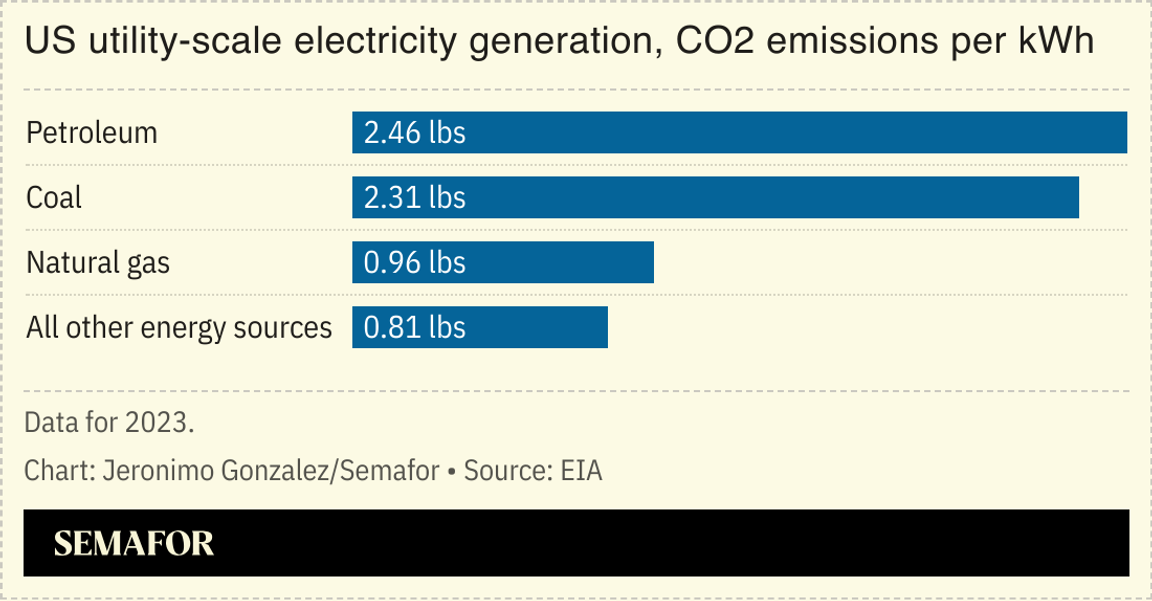 Top fossil fuel and Wall Street CEOs will join US President Donald Trump for a summit on AI and energy today. The conference will define the contours of a coming showdown between the administration and tech companies on the fate of clean energy in the US. Upward of $70 billion in new AI and related energy projects are expected to be announced in Pittsburgh today. If the roster of attendees is any indication — including top Trump administration energy officials and the leaders of ExxonMobil, Chevron, and major gas producer EQT — the emphasis will be on coal and gas-fired power generation. New hydroelectric and nuclear projects are also on the docket. That pits the administration’s priorities against those of tech companies and many top utilities, which have argued that renewables are the cheapest and fastest way to add new capacity to the power grid. AI leaders including Amazon, Google, and Microsoft campaigned heavily, but unsuccessfully, against the clean energy tax credit cuts that Trump signed into law this month. Now, the pressure is on the administration and its fossil fuel industry allies to prove they can power the AI boom quickly, cleanly, and cost-effectively. |